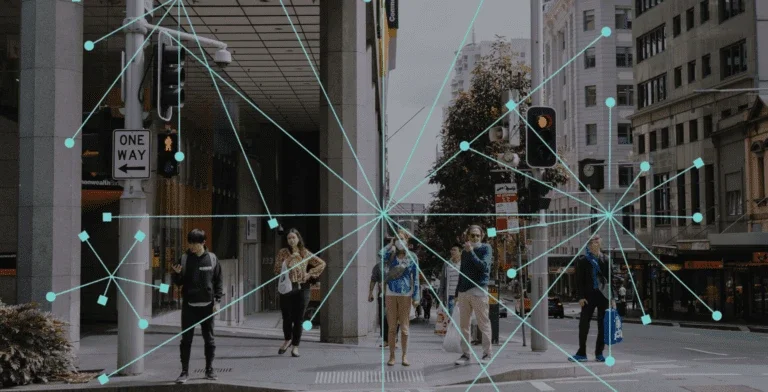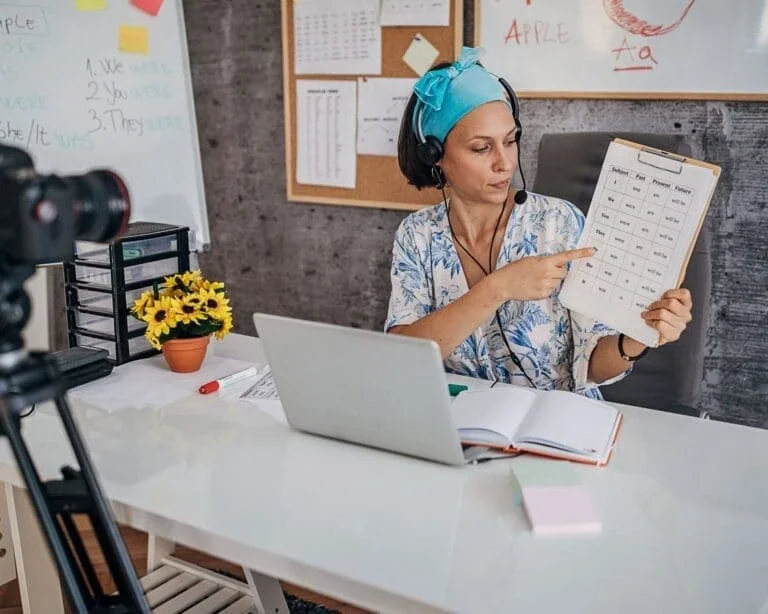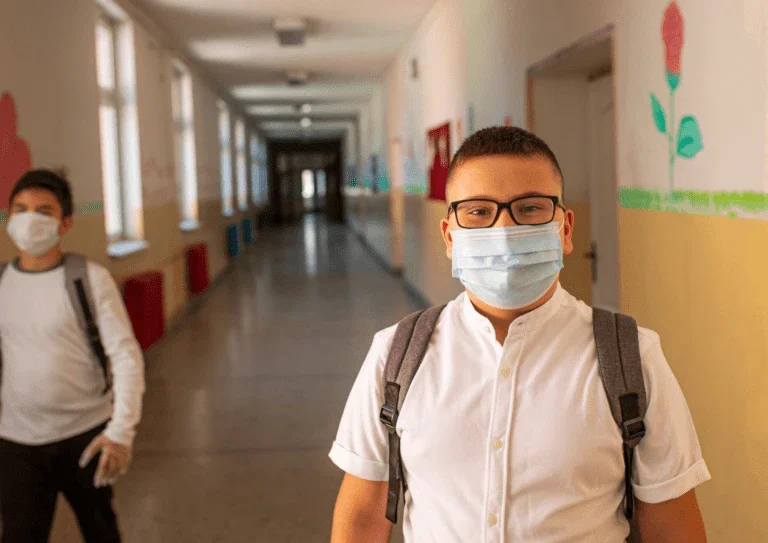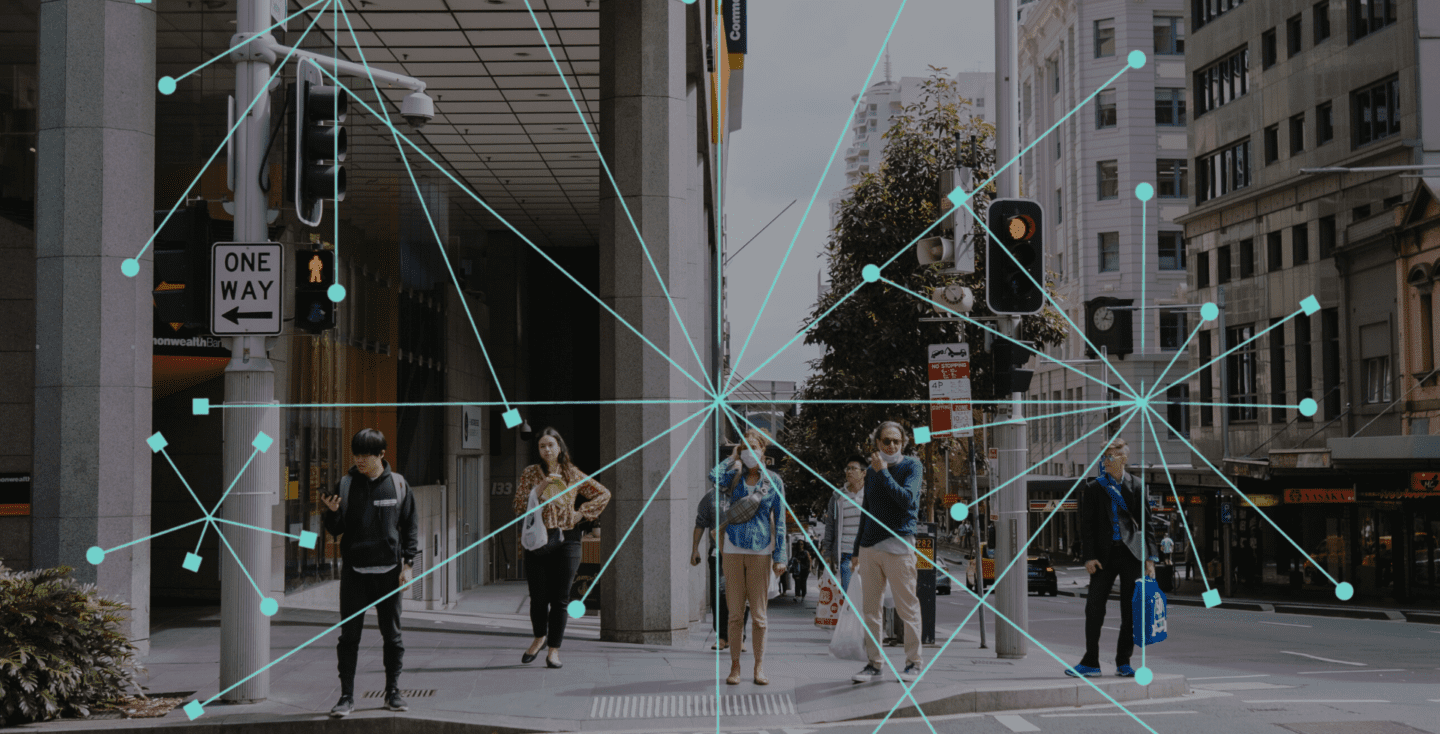Long-term school closures are a particularly devastating consequence of the Covid-19 pandemic. Students could lose between 5 to 9 months of learning by the end of the school year, with greater losses for students of color, who could be up to 12 months behind. Kindergarten enrollment is down by 17 percent, which could hamper critical literacy and socio-emotional learning for those children for years to come. Increased stress related to the pandemic is driving an increase in the number of teachers leaving their jobs.
This isn’t sustainable. At the same time, a bumpy start to vaccine rollout and the uncertainty around new viral variants means schools are navigating reopening decisions well before the virus is eradicated or well controlled.
In this environment, school reopening is difficult but doable. During the most recent meeting of the Pandemic Solutions Group, local officials from three public school districts that were “early adopters” of robust in-school testing programs shared key learnings from their experiences:
- Mayor Kim Driscoll of Salem, Massachusetts
- Kyle Schumacher and Dr. Ed Campbell, La Grange District 102, Illinois
- Jennifer Huh, Del Mar Union School District and Dr. Sayone Thihalolipavan, San Diego County Health and Human Services Agency
LaGrange District 102 and Del Mar Union School District were featured in a recent RAND Corporation working paper commissioned by The Rockefeller Foundation on testing strategies in K-12 schools.
The local officials described the complex logistical details involved with Covid-19 testing such as consenting families, getting equipment, and acting on the test results. The most enlightening lessons for all three contexts, however, focused on the human relationships and networks that made safe reopening possible. Creating clear communication channels, building trust, and identifying strong partners are critically important components of a school reopening strategy.
The strategies deployed in each of these communities reflect their local contexts – underscoring that there is no one-size-fits-all method to reopening. That being said, as the federal government issues new guidance and provides additional funding to support reopening, lessons from these early adopters can inform district leaders across the country.

The Pandemic Solutions Group (PSG) is a network of public officials spanning 57 U.S. cities, states, counties, and tribal nations devoted to rapidly scaling Covid-19 testing, tracing, and vaccinations in their communities. The PSG meets every two weeks to drive collaboration about promising initiatives, engage directly with technical experts and colleagues, and facilitate the exchange of on-the-ground challenges and real-time solutions. For more information,
Visit the Pandemic Solutions Group Website
or connect with us using this form.
Leverage The “Dr. Faucis” in Your Community
Earlier in the pandemic, school officials were still learning how to interpret and explain Covid-19 metrics to communities. Mayor Kim Driscoll of Salem, Massachusetts, a mid-size city that recently sent all K-12 elementary school students back to school using a pooled testing strategy, recognized the importance of avoiding the “metric trap,” or expecting non-contextualized data to somehow explain itself.
In Salem, officials asked local epidemiologists, physicians, and other experts to join webinars and host virtual town halls so teachers and parents could ask questions. Mayor Driscoll explained, “We had our own [local] ‘Dr. Faucis’ who we could ask to be honest [with the community]…Even if you disagreed, you knew where information was coming from.” Now, Salem uses its public dashboard to communicate key metrics from its surveillance testing strategy. All teachers and high school students are tested using a pooled saliva-based testing model, and a partnership with the state will enable younger students to be tested regularly using pooled nasal swab tests.
Another panelist, Dr. Kyle Schumacher, the superintendent of La Grange 102, a quiet suburban school district outside Chicago, shared Mayor Driscoll’s views. Dr. Schumacher emphasized that convening local experts to talk with school board members and teachers made it possible to “have scientific conversations we could elevate beyond emotion and fear. At that time [earlier in 2020], the science wasn’t clear yet, but there were aspects of the science people needed to hear…We were able to address fears in an open way. We answered questions, and then we could move on.”
Jennifer Huh, Director of Student Services for Del Mar Union School District, a small school district in San Diego County, California, echoed that the district worked with local physicians and other people “with a broad level of trust” in the community to answer questions from parents, community stakeholders, and teachers’ unions. “We were able to show we were not making decisions in isolation, but that we were partnering with [the] public health [department] and the University of California San Diego. Bringing in expertise and information about our partnerships helped us quite a bit.”
Encourage Educator Participation in Reopening Through Transparency and Engagement
Teachers, staff, and parents have justifiable concerns about safety protocols, especially as teachers in many states are not yet vaccinated. Our panelists emphasized that involving teachers and other key stakeholders throughout the reopening process, testing new protocols through pilot programs, and sharing emerging learnings can help ensure all members of the school community feel heard and supported as schools work to reopen safely.

Leaders in LaGrange 102 prioritized teacher engagement. “Bringing teachers on board first was key,” noted school board Vice President (and molecular biologist) Dr. Ed Campbell, regarding his plans to use a simple saliva-based test that provides quick results. To demonstrate the safety and efficacy of the new technology, Dr. Campbell brought the leader of the local teachers’ union on a site visit to Madison, Wisconsin, where they learned together about a testing program similar to the one LaGrange 102 was proposing.
Seeing the testing strategy in action helped convince the union leader that safe reopening was possible, and she relayed that confidence to other teachers following the visit to Wisconsin. Teacher support had a ripple effect in the community; parents and other stakeholders felt more comfortable after hearing teachers were willing to return to in-person instruction. Further, small summer school pilots provided a chance for the district to demonstrate how testing procedures, distancing requirements, and mask mandates would work in practice.
Once La Grange 102 rolled out the program, teachers saw real-world evidence that testing was likely preventing outbreaks, fears about testing were largely put to rest. As reported in the RAND working paper, the testing program identified and isolated 53 out of 84 total Covid-19 cases reported in district schools since September 2020, reducing the risk of silent transmission. As a LaGrange 102 staff member quoted in the working paper reflected, “when we started picking up clinically significant findings, teachers think, ‘wow, if we didn’t have this, this kid would be in my class with COVID.’ That’s when people thought, ‘This will work.’”
When LaGrange 102’s strategy was first deployed in Fall 2020, there was limited available evidence or expert consensus than there is now on the limited nature of school-based transmission. To Dr. Schumacher and Dr. Campbell, real-world evidence is a huge boost for schools who are reopening now as it increases confidence and trust. “People who are going into this now, they don’t have to go through that [as much uncertainty] because there are better examples…The districts we’ve brought on board [more recently], their ramp-up was faster because [we] had [other] districts to point to,” said Dr. Schumacher.
Develop a Thriving Ecosystem of Partnerships
To make “returning to normal,” (or close to it) a reality for students in Del Mar Union School District, Director of Student Services Jennifer Huh knew the district would need effective partnerships with public health officials and other well-resourced partners (like local universities) to augment its skills and capabilities. These partnerships benefit all parties–having an “inside scoop” on the needs and questions of school district leaders helps public health agencies develop targeted guidance and inform policy change.
Del Mar Union’s outreach to teachers and staff made it clear there was demand for regular testing, so the district pursued a partnership with UC San Diego Health to set up testing infrastructure for staff and students. All teachers participate in surveillance testing that takes place in education-specific testing sites operated by the health department. If a student is symptomatic, the school immediately reaches out to offer a free test provided through a partnership with UCSD.
“Trusted partnerships and support are key,” said Dr. Sayone Thihalolipavan, Medical Consultant at the San Diego County Health and Human Services Agency. “As soon as the pandemic started, we started ‘sector calls’ including education. [. . .] We’ve been talking weekly with whoever in the K-12 sector that wants to talk with us. We not only talk to those listening but answer pre-submitted questions and questions in real time and will often communicate [relevant information] to our policy group, and use feedback gained to create resources and materials related to [what we hear] afterward.” For example, the public health department created decision trees (vetted by a local family medicine practice) for parents and another for school officials to standardize how the district handles new cases.
School Reopening Can’t Wait for Herd Immunity
Teachers across the country are still being vaccinated and students under the age of 16 won’t be vaccinated until late 2021 at the earliest, so robust testing and mitigation measures are still necessary to keep staff and students safe, especially while scientists review the evidence on how vaccines affect asymptomatic transmission (experts are cautiously optimistic, but consensus has not been reached).

Districts that led the way in reopening their schools in Fall 2020 offer valuable lessons not only in what works (robust testing, social distancing, and masks), but how to make it work through open communication, authentic engagement and collaboration with teachers, and strong partnerships with local public health agencies and health systems. Mayor Driscoll phrased it well: “We recognize that it would be easier to keep all kids remote…But it would not be better for kids and families…Everyone involved had a feverish desire to do what it takes to get it done. That’s what you have to have to make it work: honesty, transparency, [and a] commitment to the best interests of kids.”
Related Updates
